A Story about a Porsche 356, a Hand-Built Replica and Smuggled Parts
Risking life and limb to obtain your dream car, sort of…
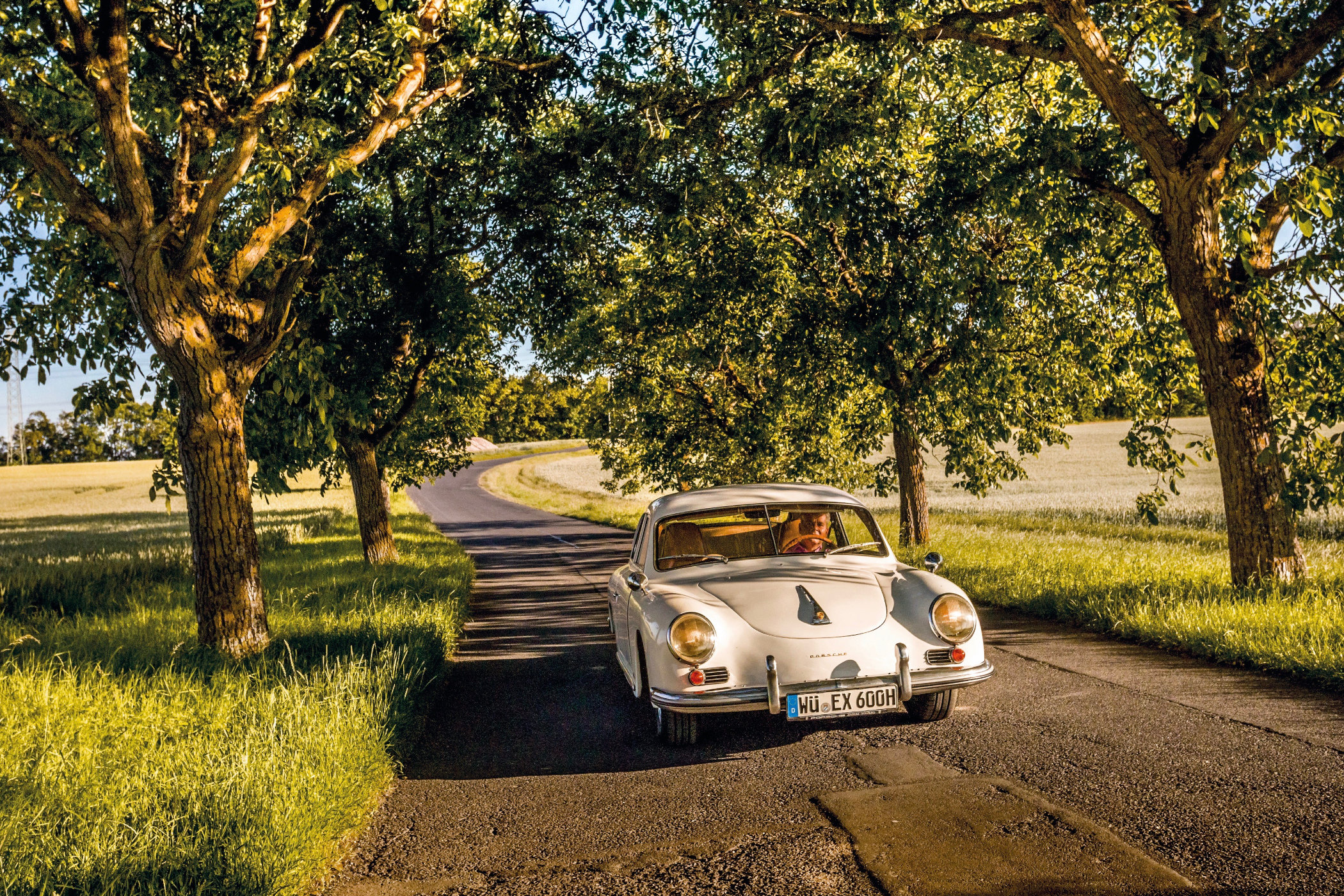
Time and time again, the Internet proves to be an unlimited source of remarkable, fascinating stories. Whether we’re talking about watches or cars, there’s no limit to the amount of content available. Each week, new exciting topics emerge, and this time around, we’ve got another extremely cool story for you all. Imagine being a Porsche fan living in East Germany in the 1950s behind the Iron Curtain. What do you do? Risk your life to cross the border? Not the safest thing to do. Build your own? Perhaps just as dangerous, but why not? But what about parts?
This instalment in our weekly Petrolhead Corner starts with the Porsche 356. The legendary little sports car was presented shortly after WWII and built using Volkswagen technology. The ties between the Porsche family and the Volkswagen dynasty have always been close as the iconic Volkswagen Beetle was a car designed by Ferdinand Porsche. Even though the car was built in dire times under a fascist regime, the humble Beetle became a symbol of freedom and peace in the 1960s and 1970s.
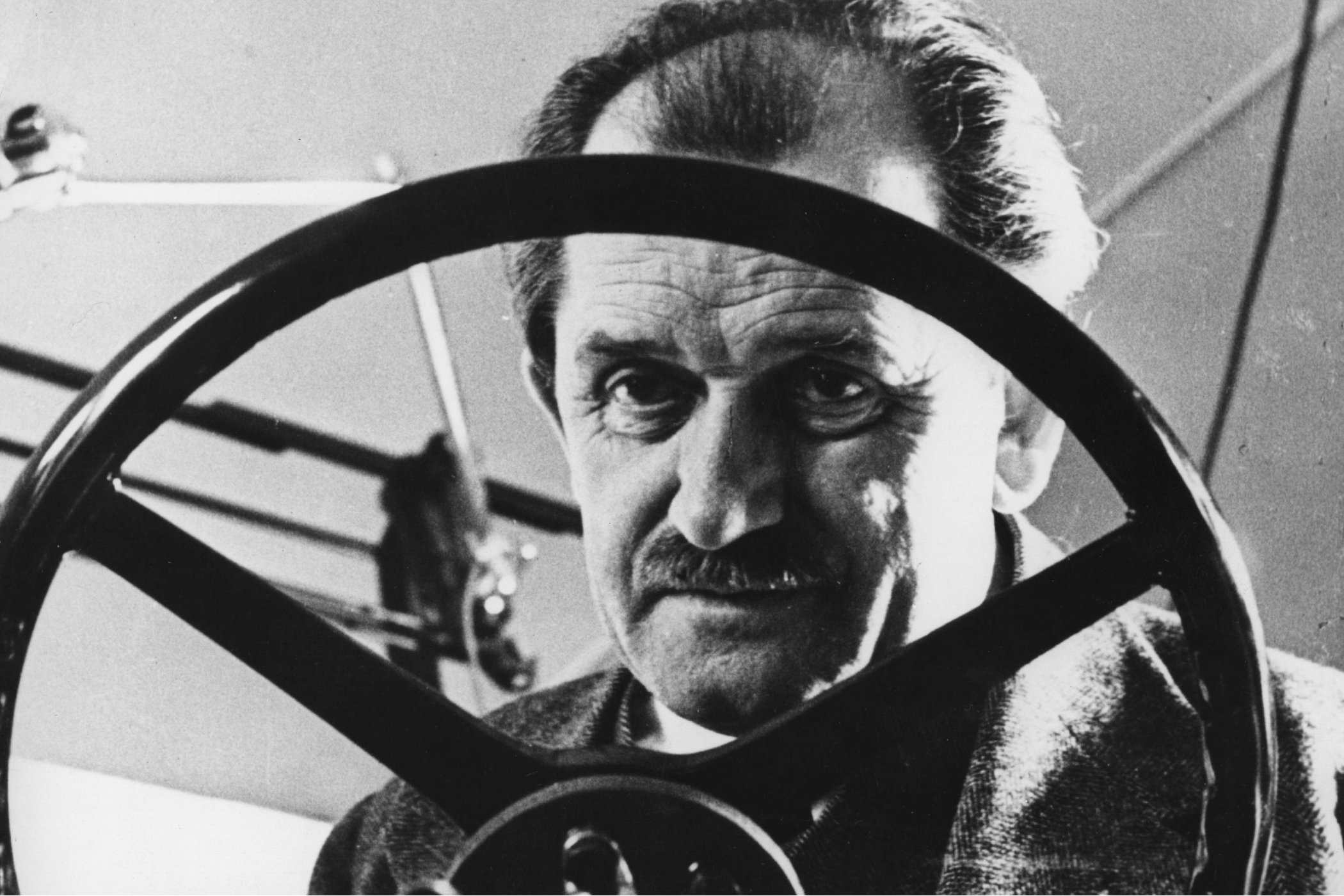
The 356 was the first production car by Porsche, although the company’s founder, Ferdinand Porsche, was heavily involved in the car industry for quite some time before that. The interesting thing is that the basic design for the 356, very reminiscent of the Volkswagen Beetle, dates back to three Type 64 cars built in the late 1930s. Although these three prototypes were intended to be race cars, they never competed due to the outbreak of the war. The design shares more than a little similarity with the 356, and the Porsche lineage is already visible in those early cars. Heck, some even argue that present-day Porsches look exactly like earlier cars, but what’s wrong with a strong identity through the years?
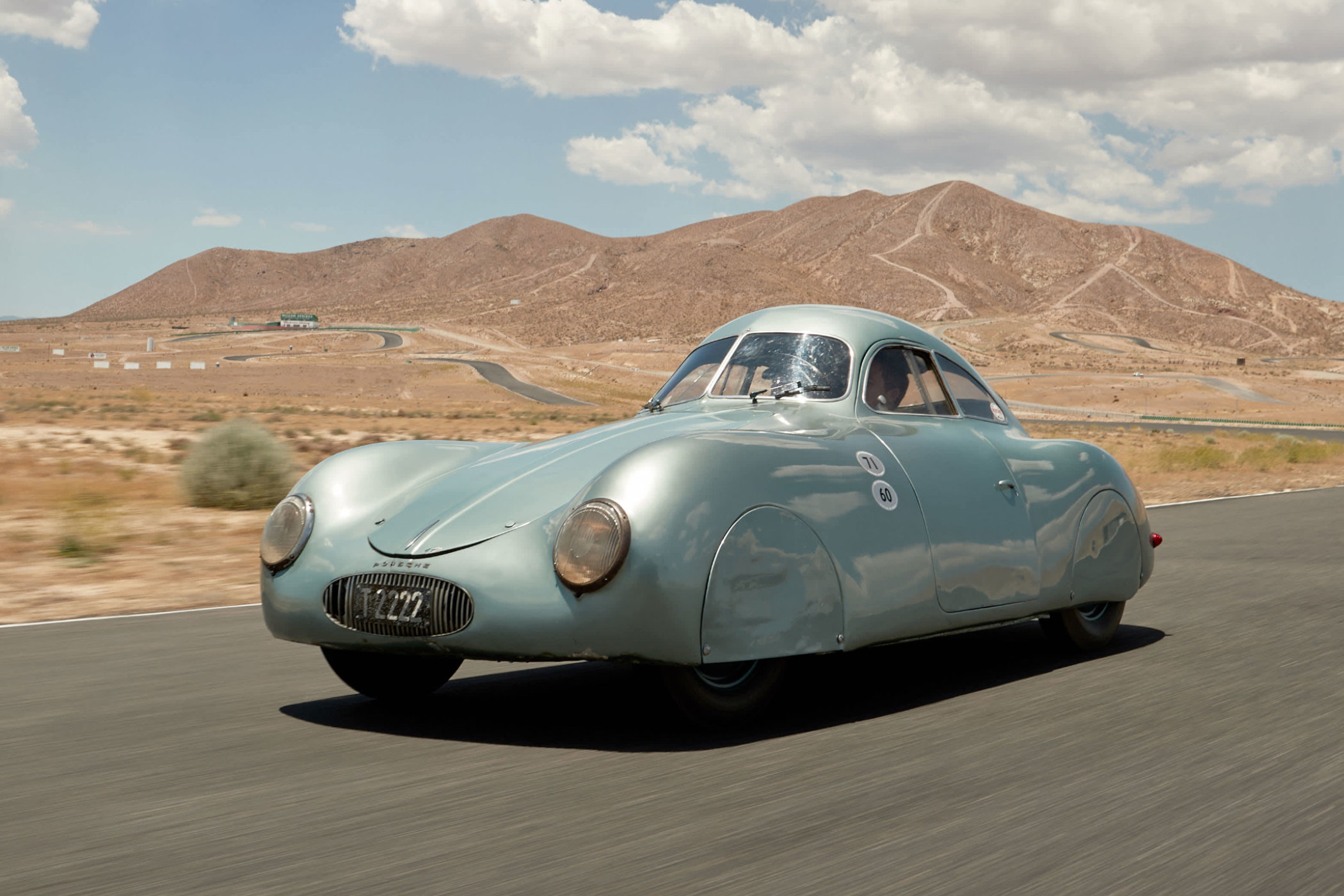
In 1948 the Porsche 356/1 (or No. 1) was completed and shown to the public. The car was designed by Ferdinand Porsche’s son, Ferdinand “Ferry†Porsche. The prototype was an open-top two-seater car with a mid-mounted air-cooled flat-4 engine. Underneath the sleek and low-slung aluminium body was a lot of Volkswagen technology, such as suspension and engine components. During its life, it was damaged, rebuilt, modified and repainted several times. It resides in the Porsche Museum in Stuttgart. Back in 2018, Porsche built a replica show car, as close to the original 1948 specifications as possible.
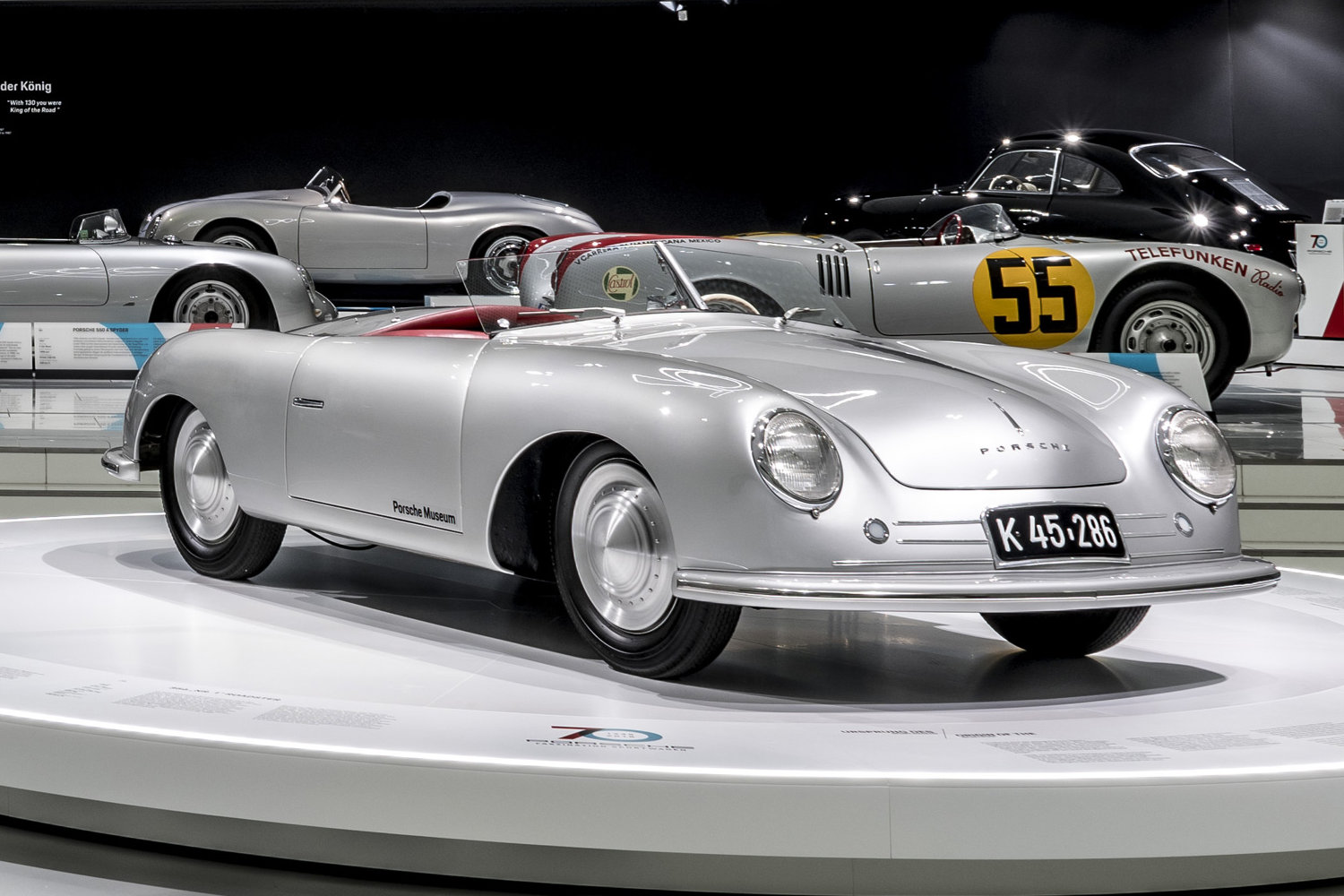
Moving on from that initial prototype, Porsche introduced the production-ready 356 the same year. The engine had moved slightly further back, making the 356 a true rear-engined car, something Porsche carried over to the famous 911. In true Porsche style, the emphasis was on sporting performance. From very early on, Porsche would enter competition racing, often being the underpowered underdog but beating more powerful cars in the process. Porsche would repeat this little trick over and over again, making Porsche one of the most successful racing car manufacturers ever. There’s no real number to be found, but combining all victories, whether class or overall, it must be somewhere in the thousands across all categories they competed in.
The Porsche 356 is today one of the most sought after and collectable of all Porsche cars. It was in production from 1948 until 1966, with about 76,000 cars built. Throughout its life, the 356 has seen regular updates, with ever-increasing engine power and small design changes here and there. Next to the coupes, Porsche has built 356 Speedsters, Roadsters and various special racing and road versions. Here’s an episode of Jay Leno’s Garage about the 1951 Porsche 356 SL “Gmund†coupe, one of the very first racing Porsches and the first to enter the 24 Hours of Le Mans.
Now, if we put things into perspective, the Porsche 356 is a wonderful yet weird success. Europe had just come out of World War II, and Germans were not exactly welcomed with open arms around the world. Much of the country itself was still in ruins after the devastating bombings and combat that took place in the final stages of the war. It was only a couple of years after the liberation of Germany that Porsche introduced the 356.
The country was divided into East and West Germany, with tight restrictions between the two. It was still possible to travel back and forth as the wall had not yet been built (this came in 1961). The country was split into four occupation zones, controlled by the United States, Great Britain, France and the Soviet Union. Considering West and East Germany were controlled by completely different regimes, they went down completely different paths. The West followed the more liberal route while the Soviet-controlled East remained under strict communist ruling. But, and this is proven time and time again, certain things don’t understand limitations like borders, race, gender, generations. Car culture, for instance, will find its way, even if it seems extremely unlikely.
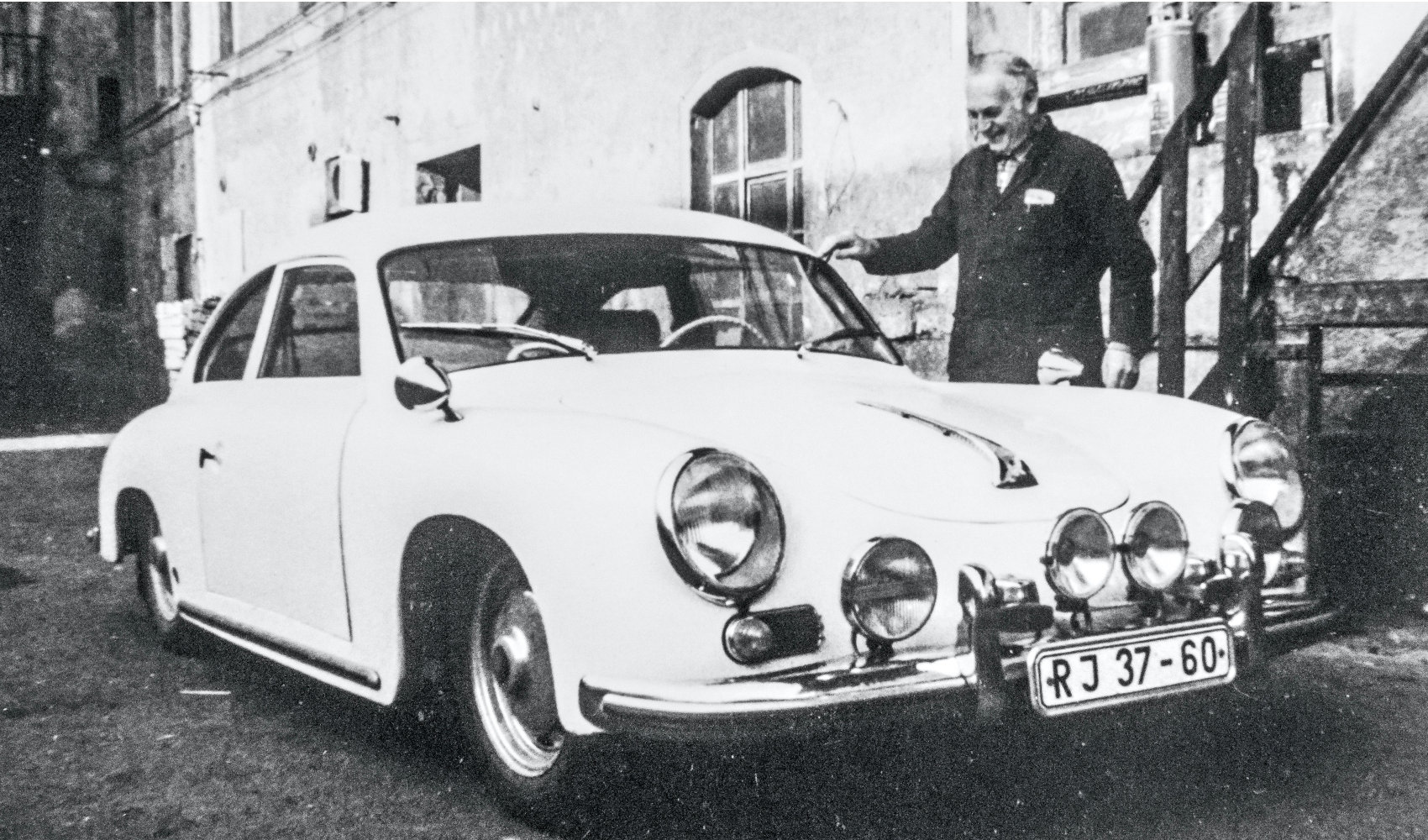
The unique story of the Porsche 356 has an even more wonderful spin-off, which benefits from all the context provided to this point. There are four main protagonists to this story, all bringing incredible grit and determination, mixed with bravery, to the table. We’ll introduce them to you one by one.
In the East German region of Saxony, which we know was a traditional watchmaking hub with an incredible history, we have Hans Miersch. An army veteran with a partly amputated leg, Miersch turned to shoemaking after the war in a town called Nossen, near Dresden. Hans Miersch used a car he built himself as a company vehicle delivering shoes to clients in Eastern Germany. The body of a Hanomag was built over the chassis of a Volkswagen Type 82 “Kübelwagenâ€, later known as the ‘Volkswagen Thing’ in the United States. Miersch dreamt of one day owning a Porsche 356 after seeing one in a car magazine in the early 1950s, something nigh impossible in the Soviet-controlled GDR.
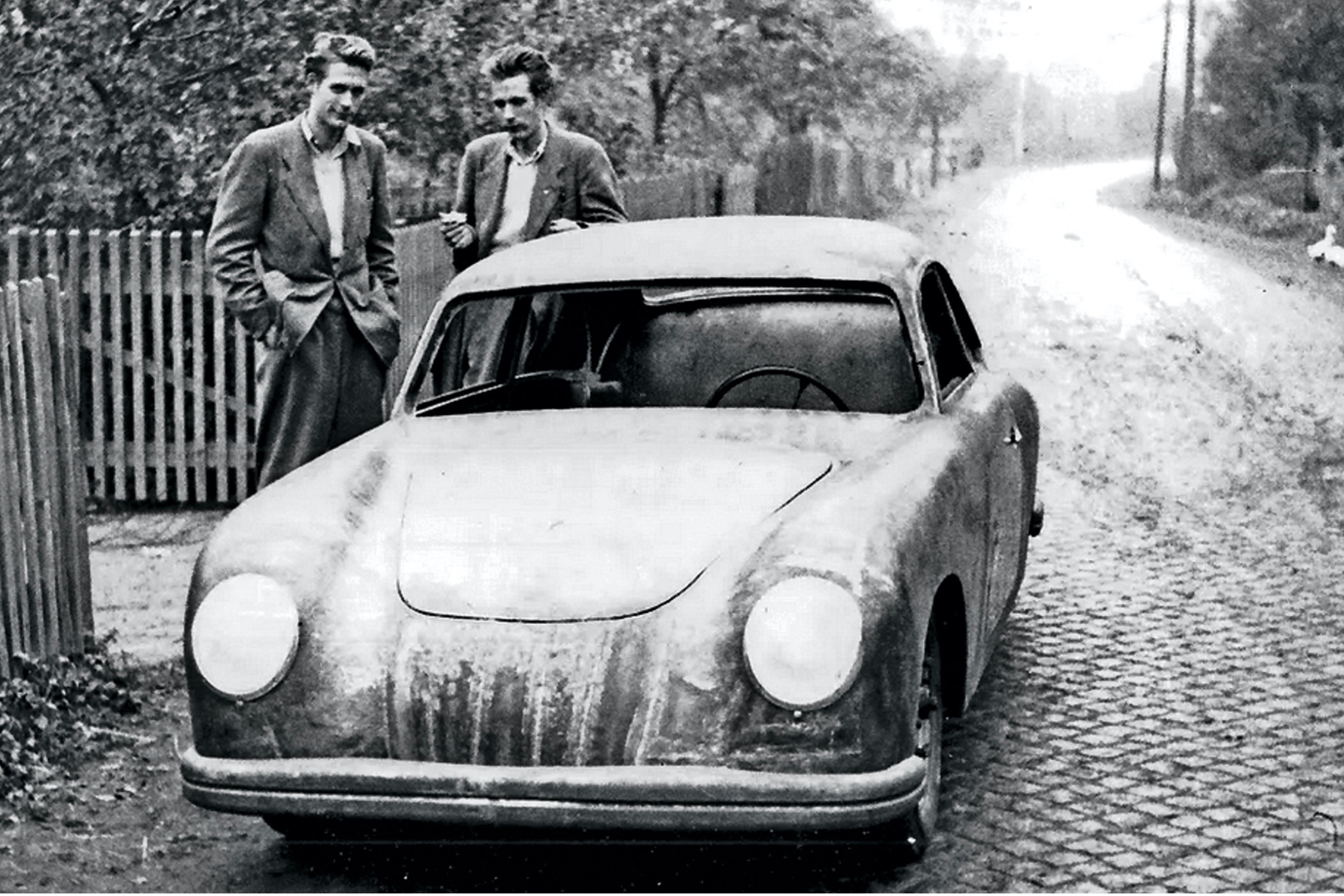
Engineering students and twin brothers Falk and Knut Reimann were inseparable. Both men were avid car guys and sketched their way through university. At one point in time, they drew up a car design that was strikingly similar to the Porsche 356. Somehow this reached Hans Miersch, and with the help of coachbuilder Arno Lindner, they built a wooden buck on which sheet metal could be shaped.
Hans Miersch managed to get his hands on enough good quality steel in Czechoslovakia, something incredibly hard to get in East Germany. The four men eventually managed to build a Porsche 356-shaped coupé body that was fitted to a Volkswagen Type 82 chassis. As that chassis was wider and longer, the proportions were a little off, but the general shape was still really close.
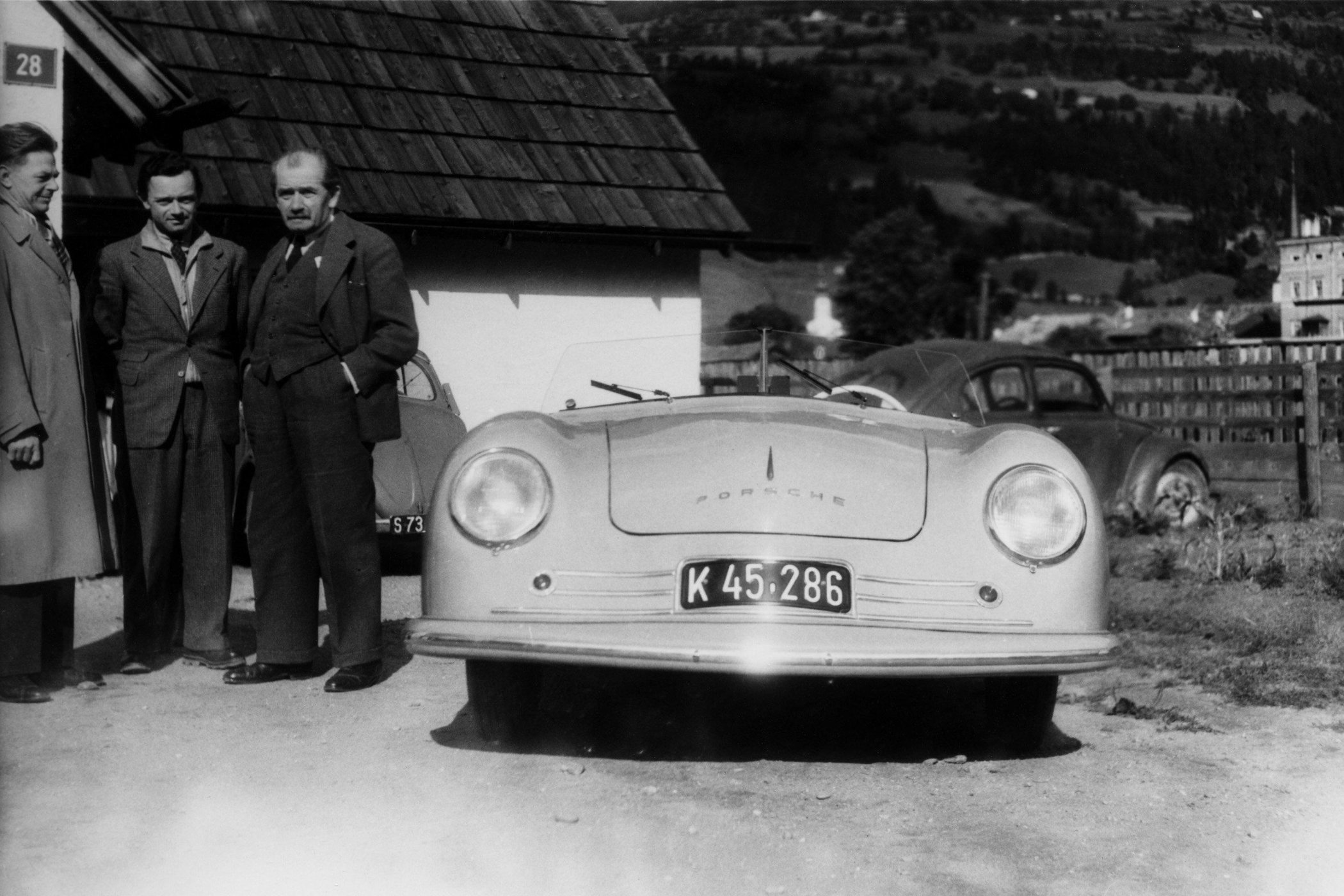
The men needed more parts, though, some of which were impossible to come by in the GDR. So, under cover of his business, Hans Miersch started sourcing parts in West Germany and smuggled them across the border. A daunting task, with the risk of a very long prison sentence if he got caught. A Porsche 356 A brake system was acquired in Berlin, for instance, with help from Ferdinand “Ferry†Porsche, no less, the fourth protagonist. After about seven months, the car was completed. There’s footage of this unique automobile in this video, starting at about the 4-minute mark;
There’s no record of just how many of these Miersch 356’s have been built but apparently as many as 12. One of them was built, owned and driven across Europe by the Reimann twins, who shared a driving license. By 1968 Hans Miersch managed to import a 1.6 litre Porsche engine for his car, more than doubling the power, which was a big improvement for the heavy car. Falk and Knut Reimann also attempted to enlist help from Porsche with success. Back in 1956, they managed to procure cylinders and pistons through the same Berlin dealer that Hans Miersch managed to source parts from.
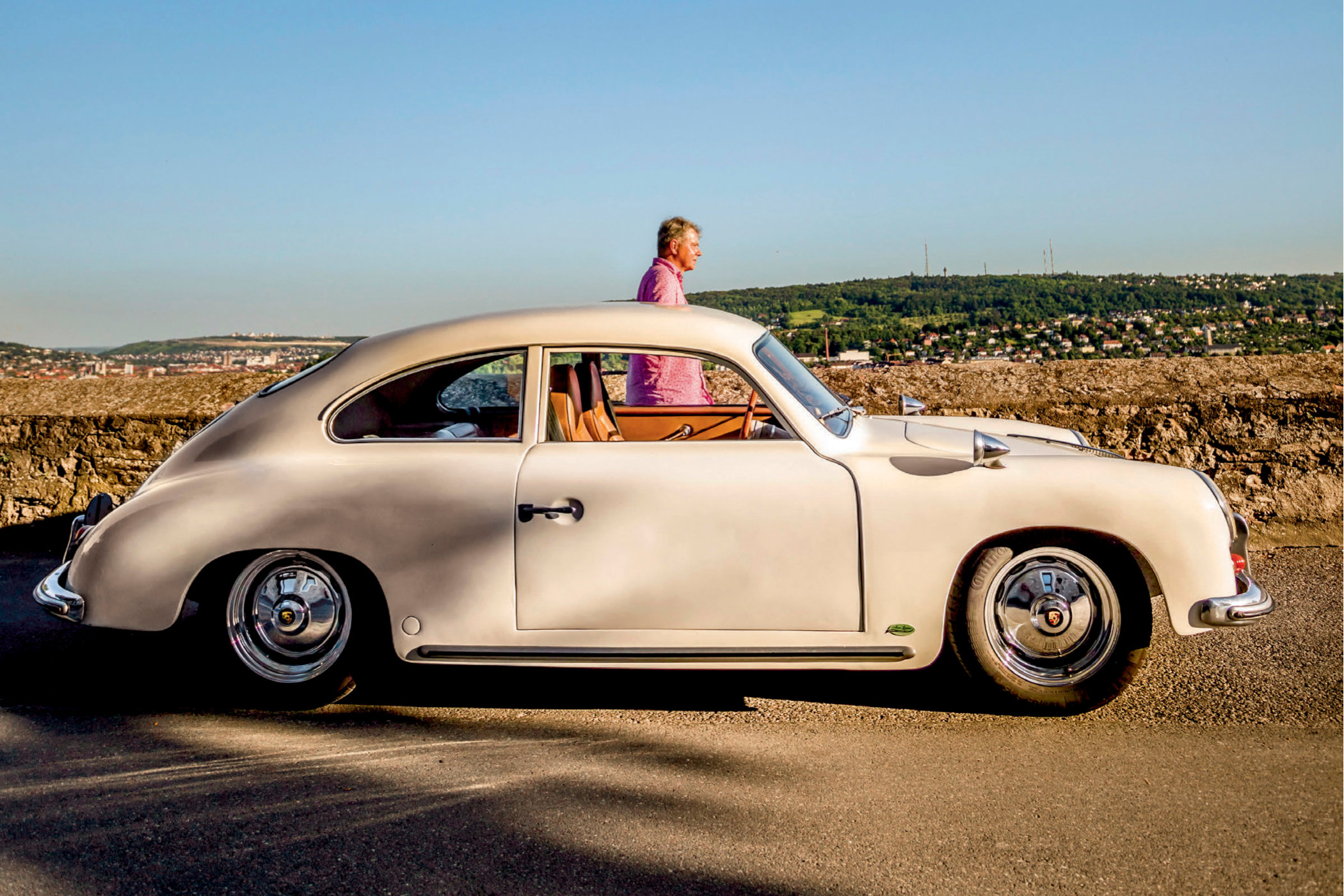
By 1961 the game was up for the twins, and they were arrested under suspicion of abetting escape attempts. All traces of the car were lost until 2011. Austrian car collector Alexander Diego Fritz uncovered the unique car and decided to return it to its former glory. As it turns out, it was one of probably only two surviving cars, the other being Hans Miersch’s.
Hans Miersch has always kept ownership of his car, even when the government appropriated his business. He tricked officials into believing it was a purpose-built car to cope with his disability (he lost his lower leg due to injury in the war). Throughout the remainder of his life, he kept on improving the car. In 1994 he finally parted with it, and Porsche enthusiast Michael Dünninger was the lucky man who took ownership of it. Wherever he goes, he raises more than a few eyebrows with this incredible piece of automotive history.
More information on Hans Miersch’s hand-built “Porsche†356 can be found on Porsche Newsroom.

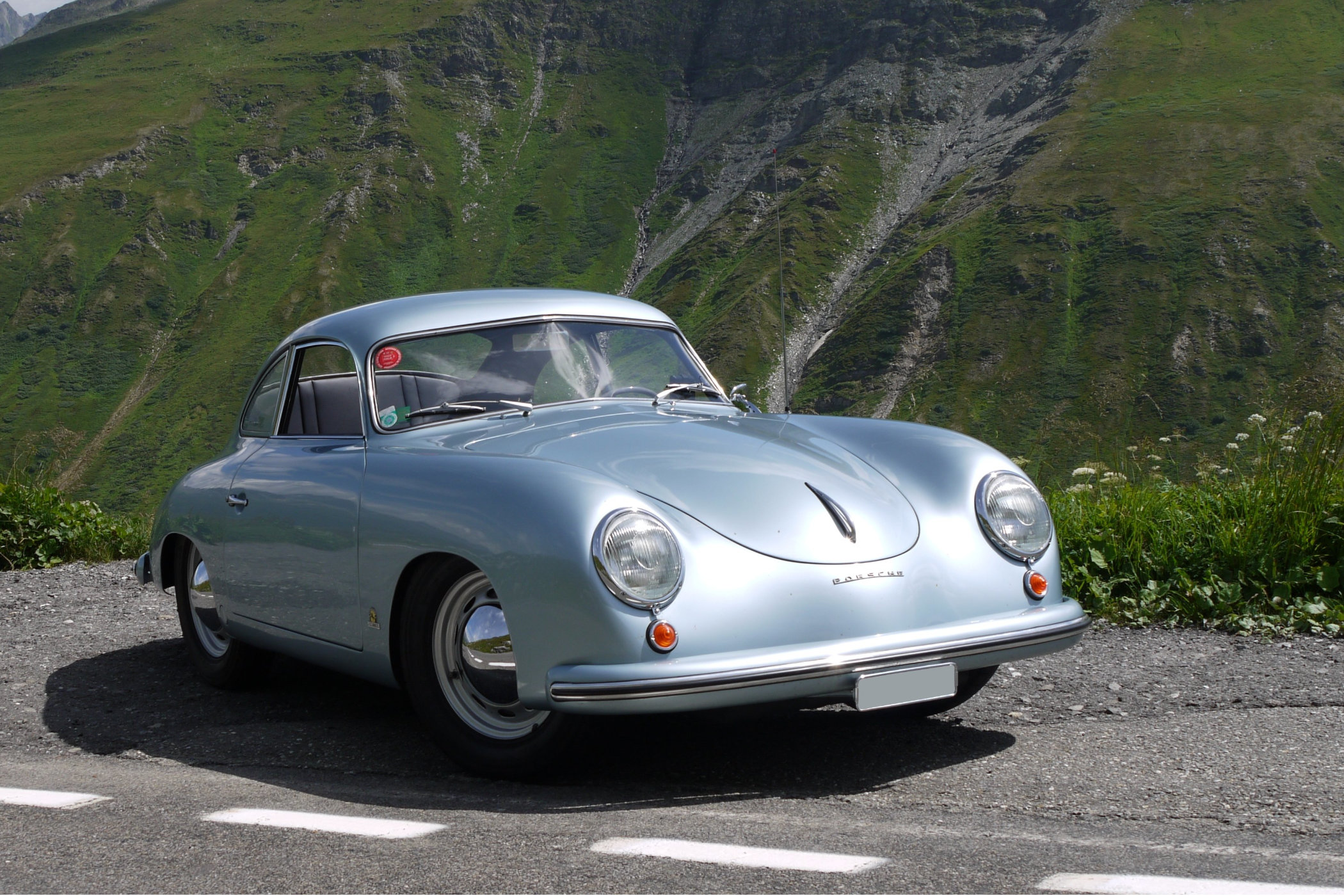
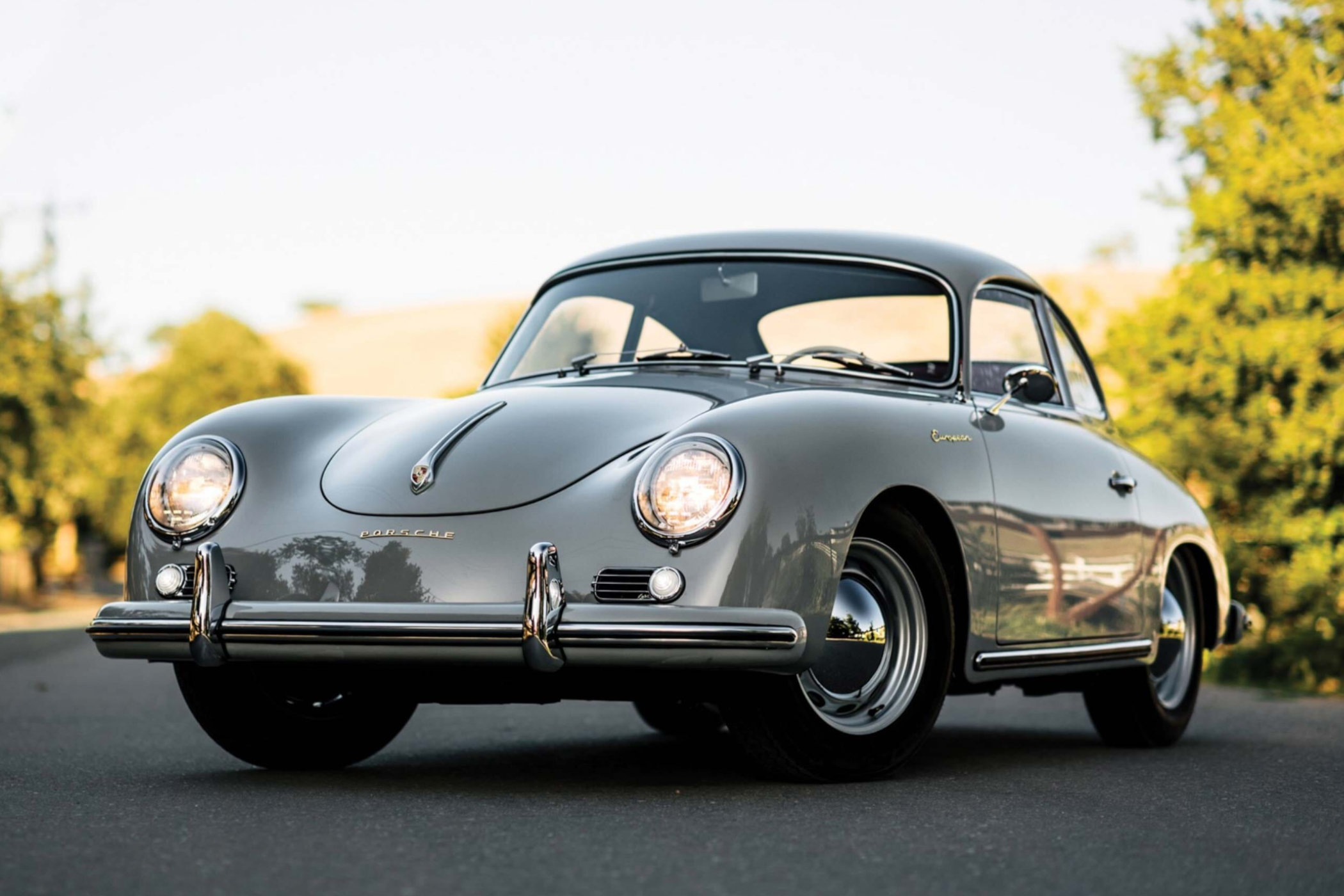
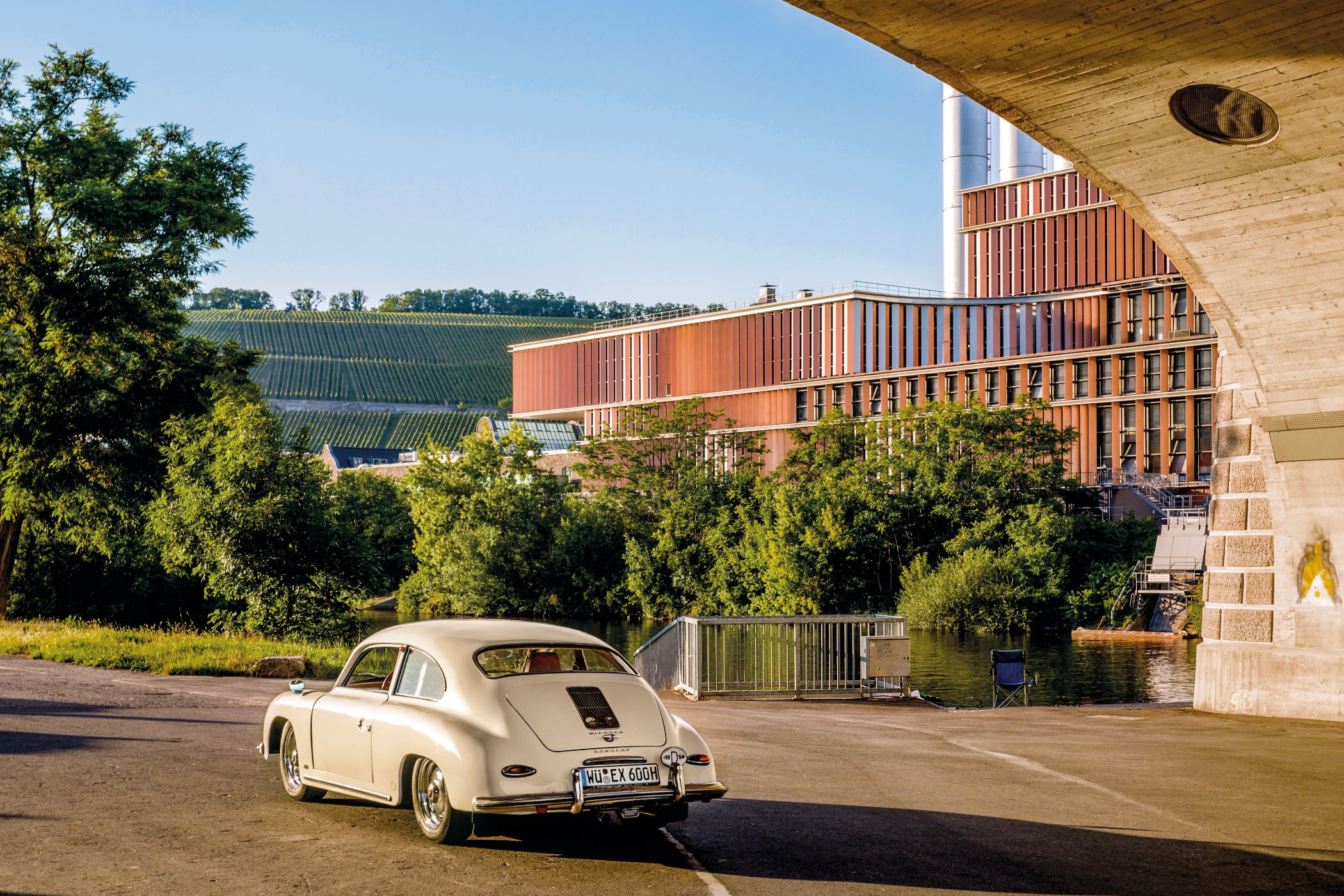
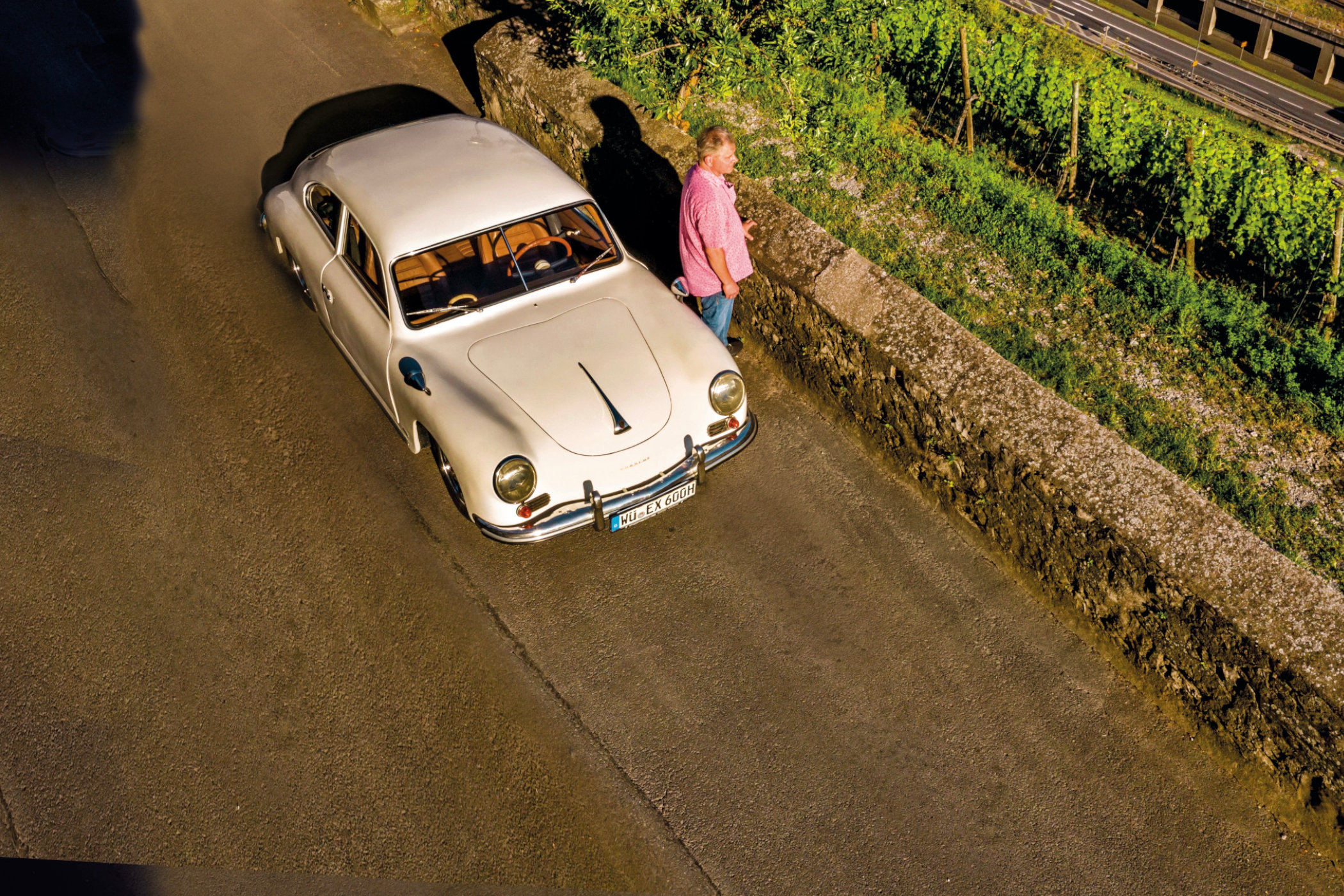
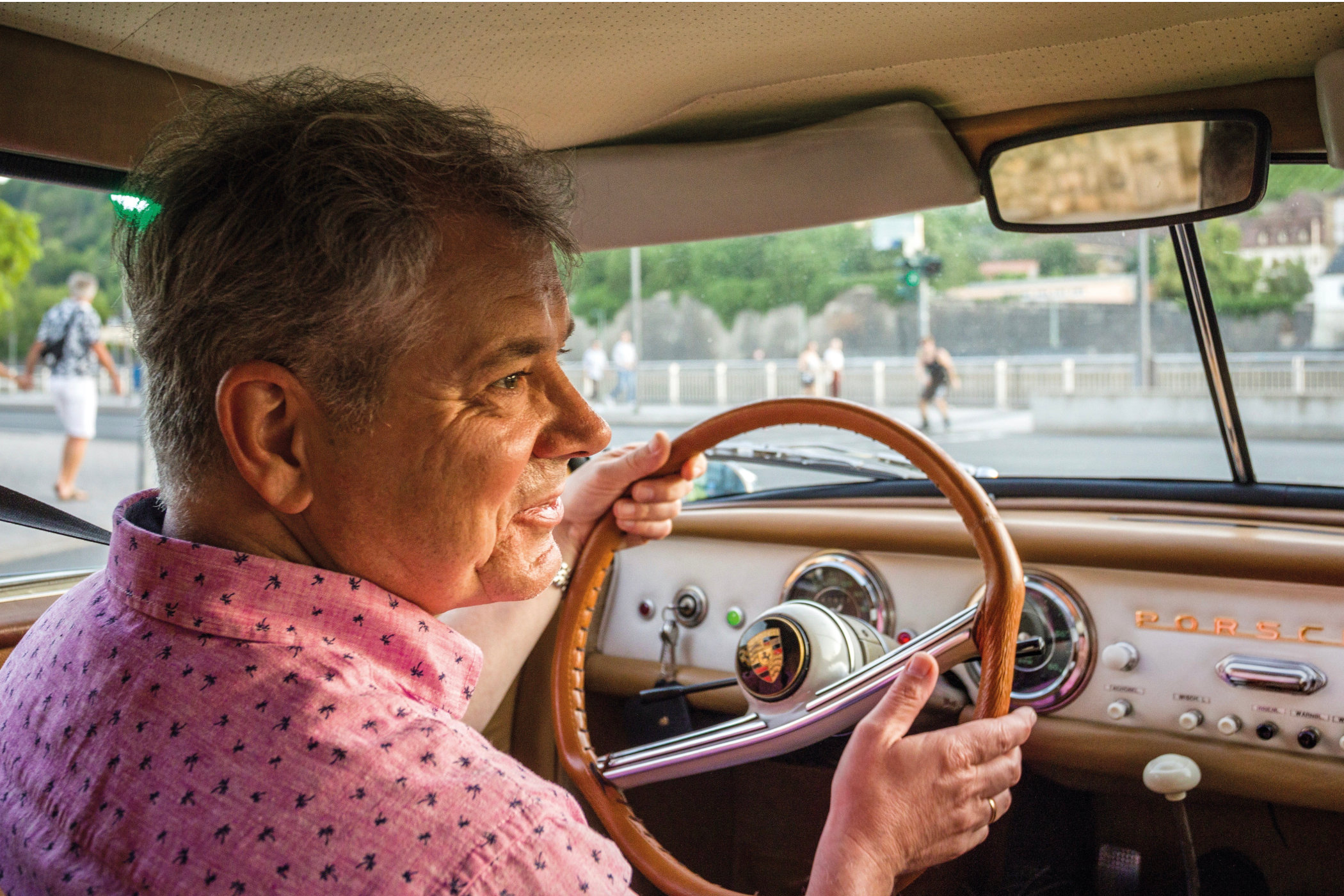
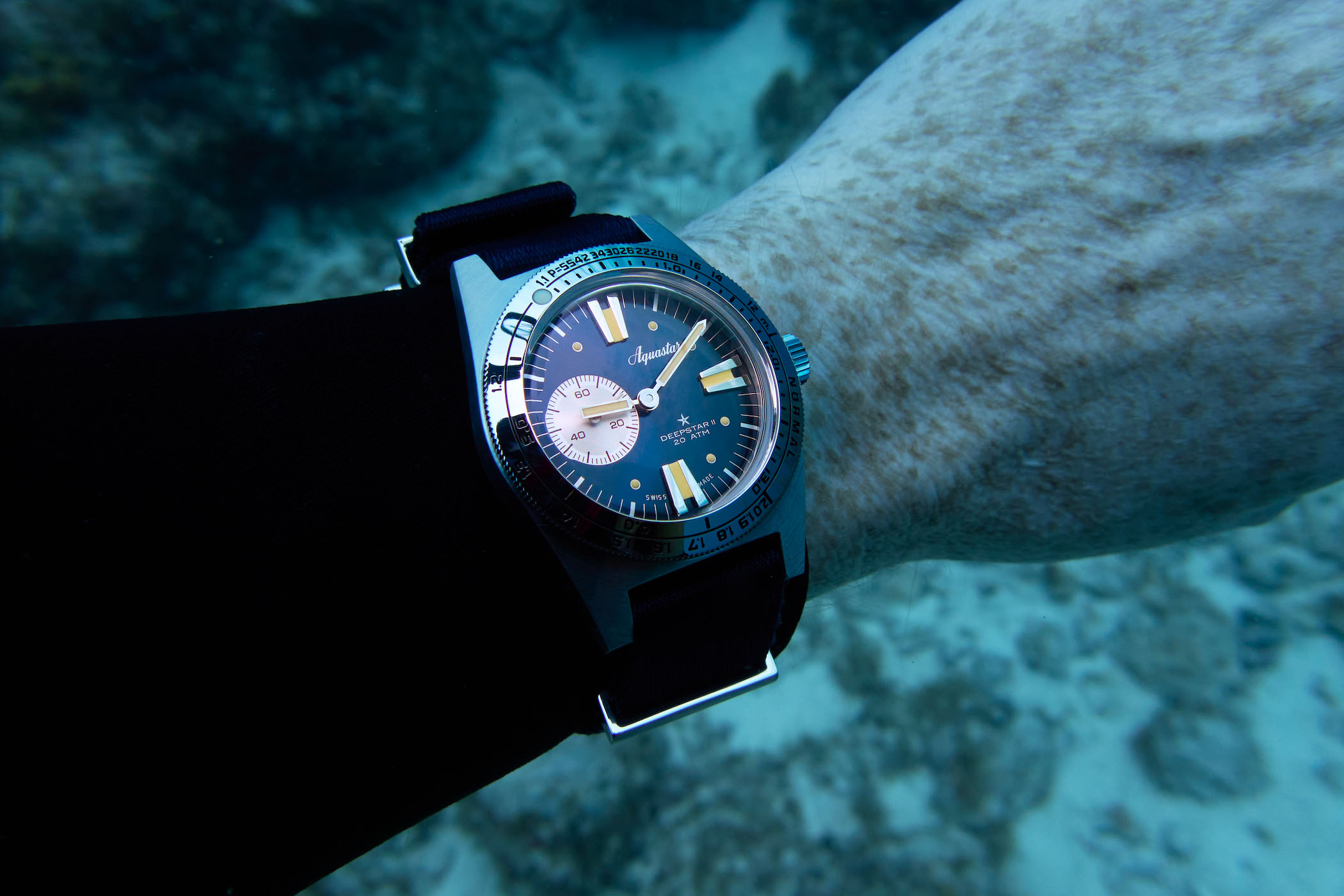
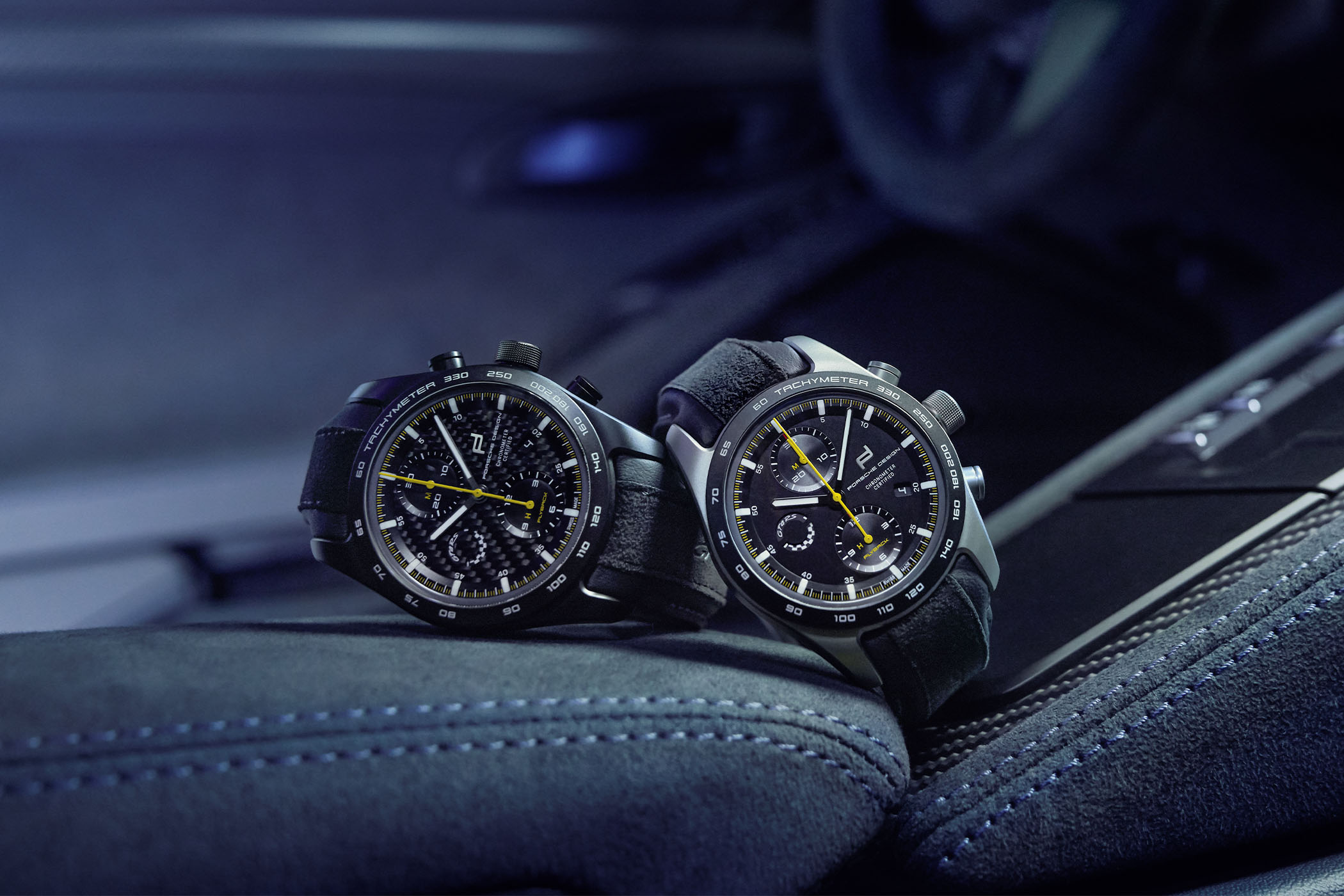
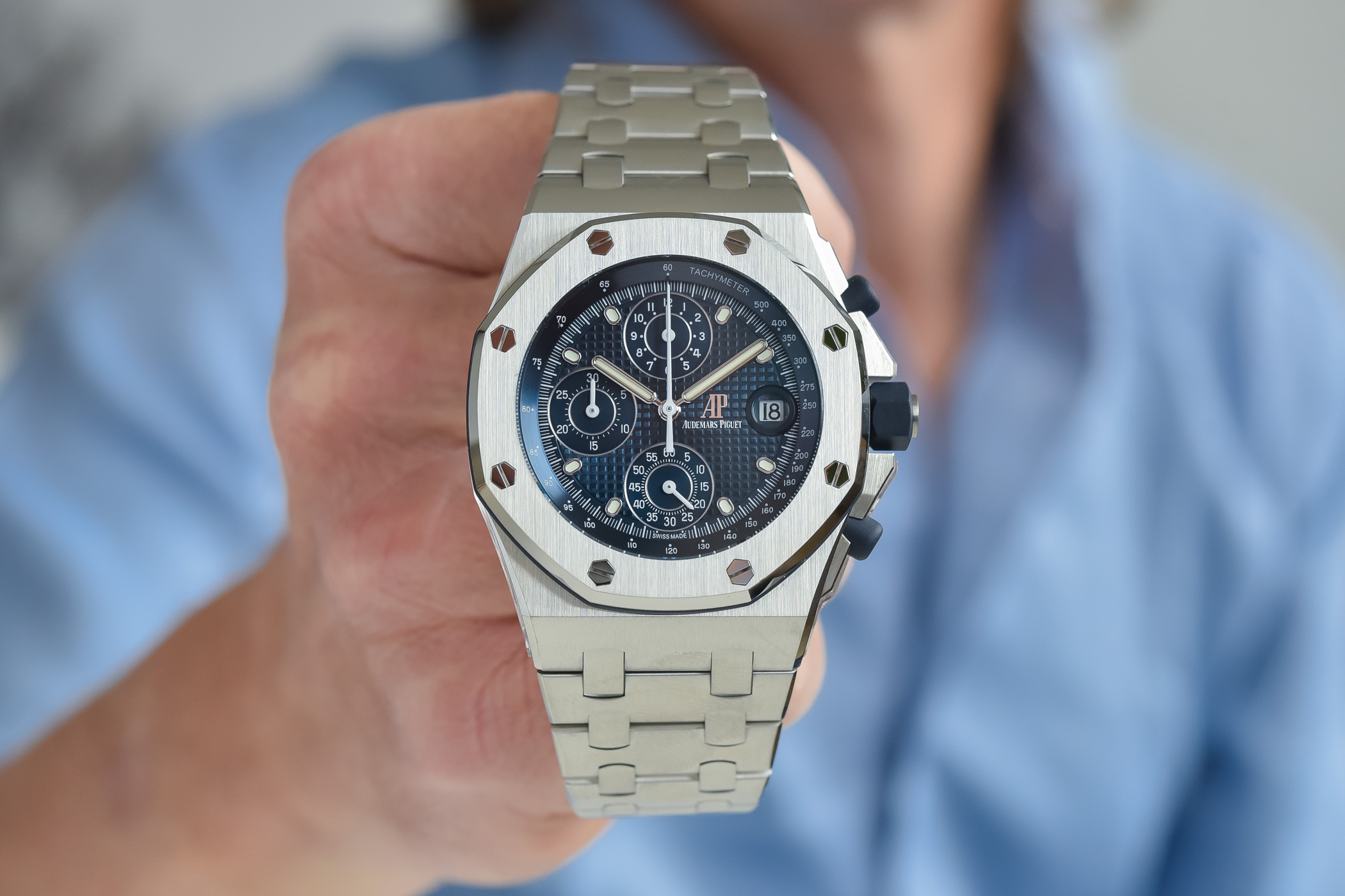
1 response
Otra de esas motivadoras historias que este gran sitio pone a disposición de los lectores. Muchas gracias